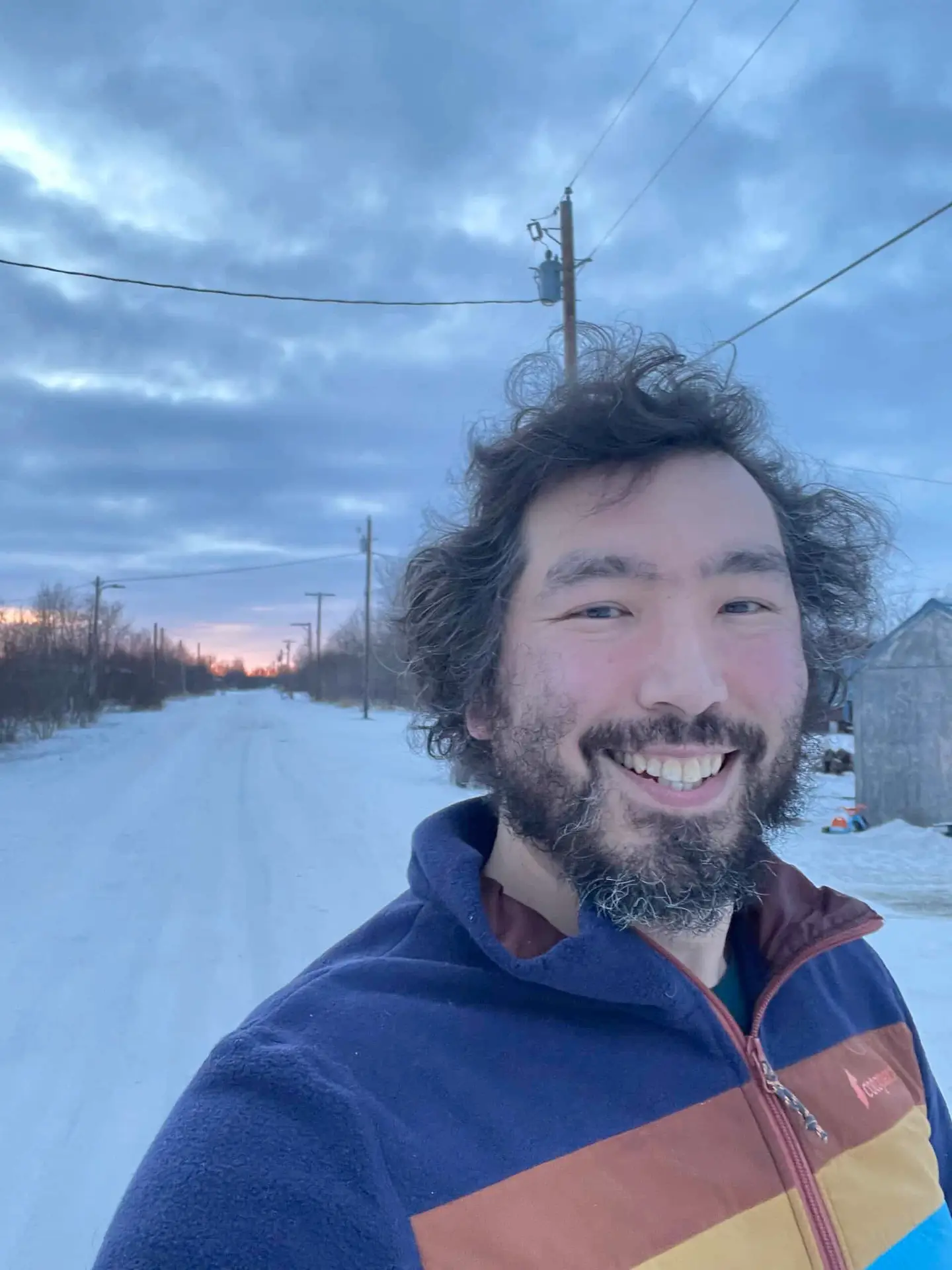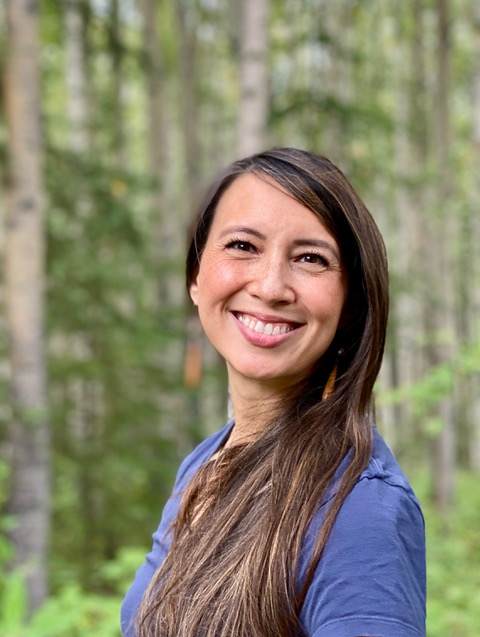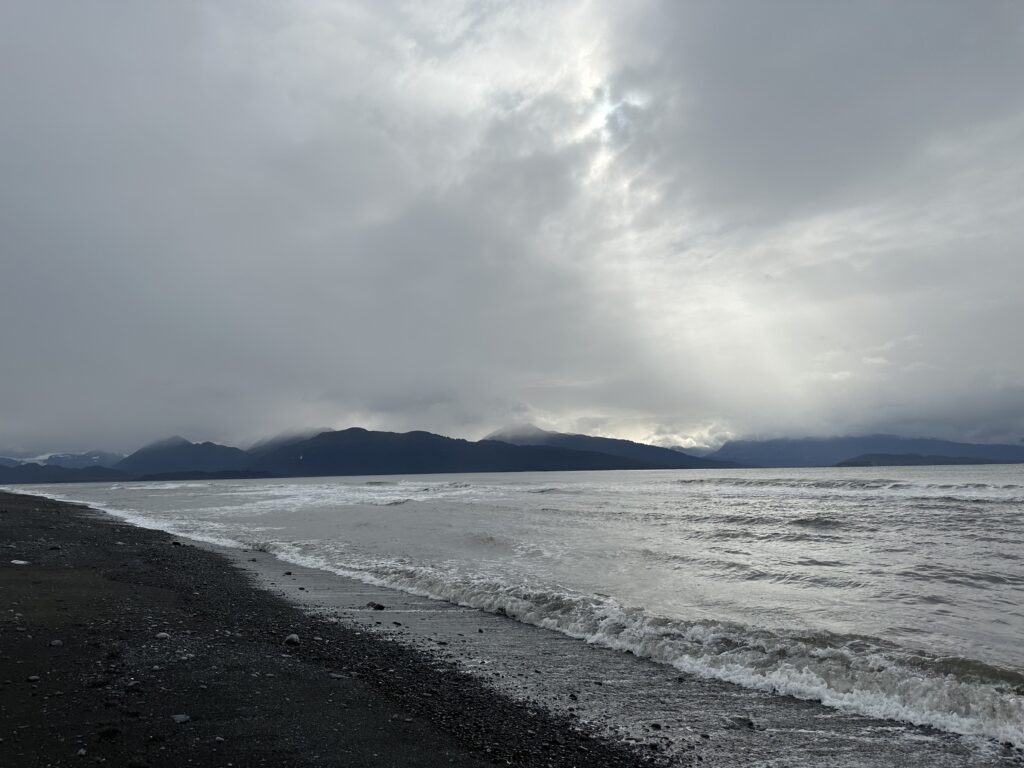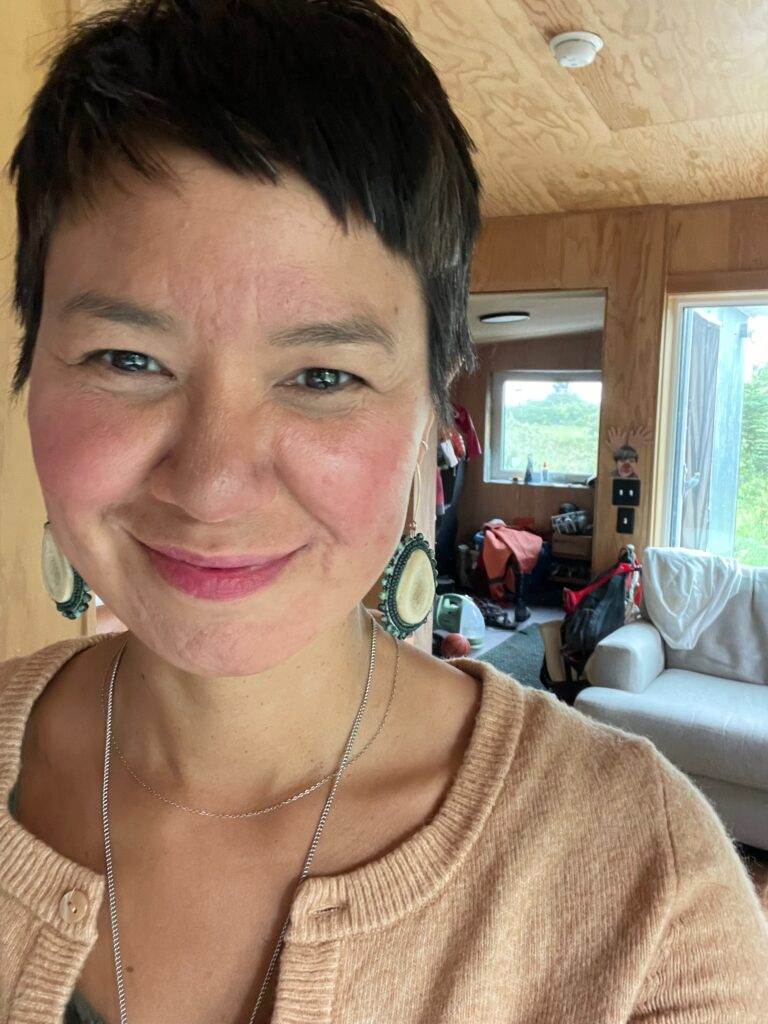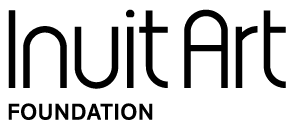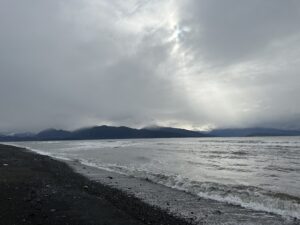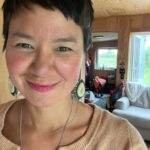Art Writing Initiative
Alaska Native arts practices and aesthetic systems hold an expansive wealth of knowledge based on thousands of years of development. The symbols that artists use, the materials they employ, and the function of our arts are connected to subsistence practices, historical experiences, cultural stories, and deep connection to place. The written record of Alaska’s Indigenous art history, however, has most often been recorded from the perspective of non-Indigenous authors. While many authors have helped to document Alaska Native arts practices, there have also been examples of misrepresentation in the written record. Whose art story has been told in existing texts and for whose benefit? An Indigenous-based art history provides an opportunity to contextualize our arts and aesthetic traditions in a way that is relevant to our sense of community, our understanding of history, and our values.
To encourage Alaska Native people to assert our right to write our own art histories, The CIRI Foundation has developed the Alaska Native Art Writing Initiative as a pilot program that will run from 2022 through 2025.
This program has the following goals:
- Make space for missing narratives in Alaska’s art history by sharing our knowledge and adding our voices through writing;
- Document Alaska Native arts and artists with Indigenous perspectives;
- Grow the number of practicing Alaska Native art writers and build a supportive community for their work.
Partners for the Alaska Native Art Writing initiative include First Alaskans Institute, Inuit Art Foundation, Storyknife Writers Retreat and First American Art Magazine.
